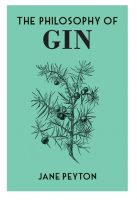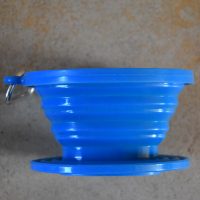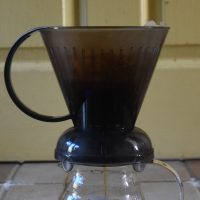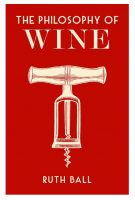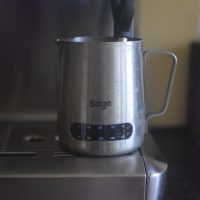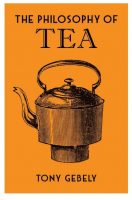 At the end of last month, I visited the Hundred House Coffee roastery in the rolling Shropshire hills, coming away with an unexpected present: the last of the second edition of Hundred House’s Freak & Unique range. I was given two more bags of coffee, a naturally-processed one from Damian Espinoza Garcia in Peru and another from Fazenda Recanto in Brazil, processed using a 64-hour fermentation technique.
At the end of last month, I visited the Hundred House Coffee roastery in the rolling Shropshire hills, coming away with an unexpected present: the last of the second edition of Hundred House’s Freak & Unique range. I was given two more bags of coffee, a naturally-processed one from Damian Espinoza Garcia in Peru and another from Fazenda Recanto in Brazil, processed using a 64-hour fermentation technique.
Regularly readers will know that I don’t usually write about coffee itself, but every now and then, something comes along (like the Taylors Discovery I had in March, or Chimney Fire’s El Salvador Three Ways that I started the year with) that I make an exception for. These three outstanding coffees from Hundred House all fall into this category.
I did consider cupping the three coffees, but to be honest, they are all so different from each other that I wasn’t sure what I would learn from that. Instead, I’ve just been making them as regular pour-overs during the last two weeks and taking notes as I go.

